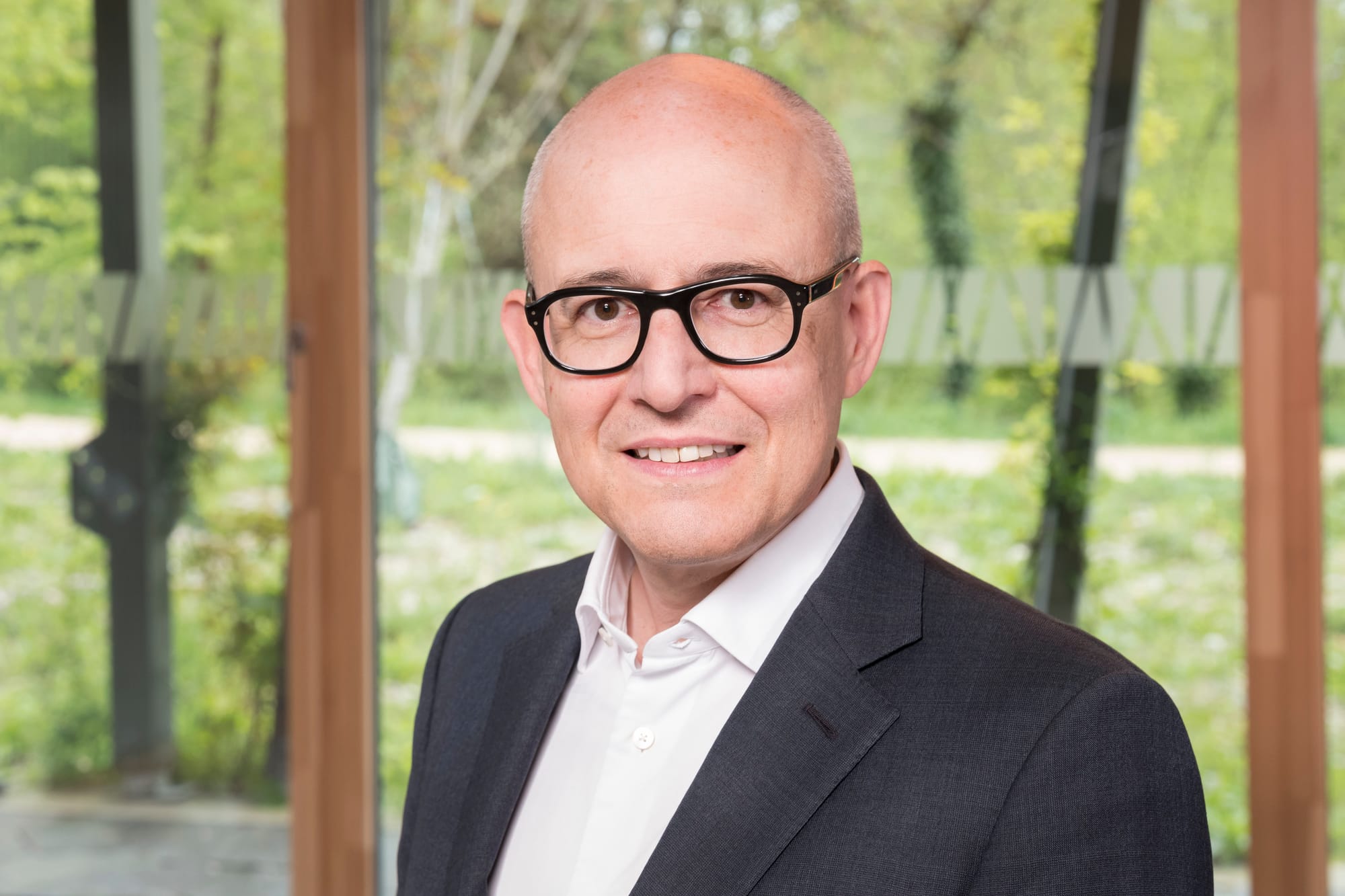In June 2025, the Swiss Parliament adopted an important motion aimed at facilitating the installation of charging stations for electric vehicles in multi-family buildings. This motion establishes a "right to a socket": tenants and co-owners will be able to have a charging station installed on their parking space at their own expense, except in cases of technical or safety obstacles.
The objective is clear: to remove the legal and practical barriers that are slowing the adoption of electric mobility in Switzerland, notably for the millions of people living in collective housing. The measure also responds to climate imperatives, as Switzerland aims for carbon neutrality by 2050. We discuss this text and the issues it raises with Geoffrey Orlando, head of French-speaking Switzerland for Swiss eMobility. Interview
Does the acceptance of this motion mean that the blockages — notably political ones — around electric mobility have finally been lifted?
It is an extremely positive signal, but we should not cry victory too soon. Certainly, the motion has been adopted, but that does not mean the law is already in force. It still has to be promulgated, and above all, its implementation will have to be pragmatic and coordinated to produce the expected effects.
We hope it will finally unblock situations that have been too rigid, particularly for tenants and co-owners. Until now, they were often left behind, hindered by complex procedures, unjustified refusals or prohibitive costs related to installing a home charging station. Only by removing these obstacles can we truly democratize electromobility.
Do you think this law will allow electric vehicle sales to pick up again?
Electric vehicle sales are already seeing a resurgence this year, which is reassuring. But it should be kept in mind that Switzerland is still far behind the most advanced markets like Norway or the Netherlands, where electric vehicles already dominate sales.
One of the main barriers here remains private charging infrastructure. More than 80% of charging takes place at home or at the workplace. When people do not have a simple solution to charge their vehicle where they live, they often give up on making the switch, even if they are convinced of the benefits of electric. This law could remove those barriers, provided it is implemented in an ambitious and effective manner.
What are the barriers that still limit the shift to electromobility in Switzerland?
They are multiple. First, there are practical obstacles, as we mentioned: lack of a home charging point, difficulty convincing a property manager or homeowners' association, purchase costs still perceived as high despite savings in use.
But there are also cultural barriers. Many people still hold negative clichés about electric cars: insufficient range, poorly developed charging network, polluting or short-lived batteries… Clichés that are largely outdated today. Yet these prejudices continue to influence mobility decisions.
What we observe is that the more people are informed with facts, the more they revise their opinion. When you explain concretely what a modern electric car is, how it charges, what it really costs over its lifecycle and the savings it enables, acceptance becomes much stronger.
Now that the so-called "early adopters" have taken the plunge, what additional measures would be necessary to convince the rest of the population?
For the general public, the offer needs to be mature and frictionless. Today, we are approaching that: vehicles are performant, prices are falling and the charging network continues to grow. Only the final barriers remain, notably in collective housing.
It is also essential to support this transition with more education: share user testimonials, explain the concrete economic benefits, highlight the gains for public health and the climate. Finally, local authorities can play a leading role by electrifying their fleets, supporting shared infrastructure, or granting specific benefits to low-emission vehicles.
We now have all the ingredients to succeed in this transition, as shown by pioneer countries. Only a collective effort is needed to take the final step.
We now have all the ingredients to succeed in this transition, as shown by pioneer countries. Only a collective effort is needed to take the final step.
What do you say to those who believe that cars — whether electric or combustion — remain above all polluting masses of steel, and that we are missing the opportunity to promote lighter mobility close to a Microlino ?
It is a legitimate critique that we understand. It is true that the best car for the planet is the one you do not use. It is therefore essential to promote soft and active mobility: public transport, cycling, walking, or ultra-compact vehicles like the Microlino. These solutions must all have their place.
That said, the private car remains deeply rooted in the habits and daily needs of many people, particularly in rural or peri-urban areas. And those who depend on it are not necessarily the most privileged.
Rather than dreaming of a car-free world, it is more realistic and urgent to ensure that the cars on the road are as clean and efficient as possible. An electric car, powered by renewable energy, designed to last and with a recyclable battery, represents a very powerful compromise solution. It is a concrete and immediate lever to reduce our carbon footprint at scale.
How necessary is Switzerland's shift to 100% electric mobility in its carbon strategy?
It is an absolutely essential step. Transport is currently the largest source of CO₂ emissions in Switzerland, largely due to combustion-engine cars. The only realistic way to decarbonize this sector is to electrify the entire vehicle fleet as quickly as possible.
Electromobility is the only technology that is simultaneously available, scalable and truly compatible with a low-carbon strategy. It is also extremely energy-efficient: an electric motor consumes three to four times less energy than a combustion engine for the same distance.
And its benefits are not limited to the climate. It is also a long-term economic gain, both for individuals and for the country as a whole: reduced oil imports, local electricity production, improved air quality and reduced noise pollution. It is a positive transformation at all levels.
In other words, bidirectional charging makes the electric car an active player in the energy system, rather than just a consumer.
Do you think stronger pressure should now be exerted to encourage the installation of bidirectional charging systems?
Yes, absolutely. Bidirectional charging is an extremely promising technology, still widely underestimated today. It not only allows a vehicle to be charged, but also to return electricity to the grid when needed.
It is an intelligent way to valorize existing batteries by turning them into distributed storage units. According to a study by ETH Zurich, this technology could save Switzerland up to 6.5 billion francs by avoiding massive investments in electrical infrastructure. It would also facilitate the integration of locally produced solar energy by storing electricity in vehicles during the day to release it in the evening.
In other words, bidirectional charging makes the electric car an active player in the energy system, rather than just a consumer. It therefore has tremendous potential to accelerate the energy transition in a decentralized, flexible and efficient way.
This article has been automatically translated using AI. If you notice any errors, please don't hesitate to contact us.




